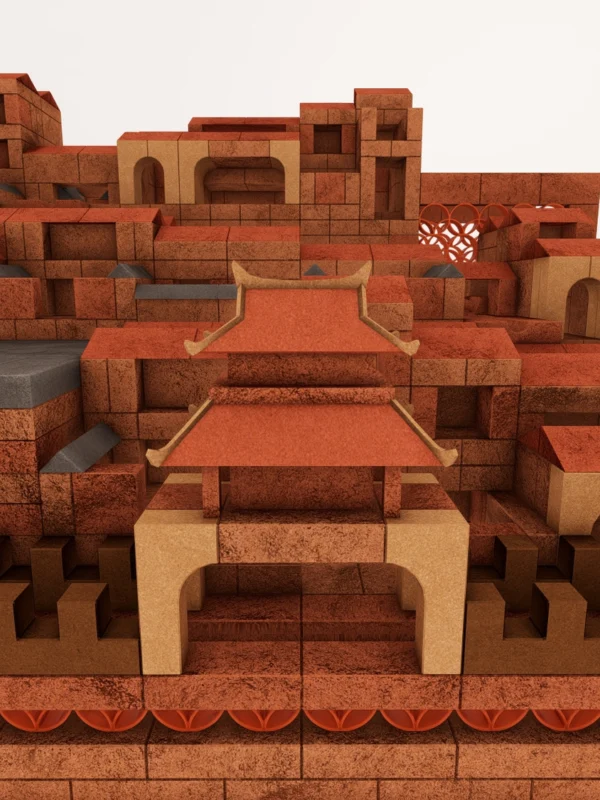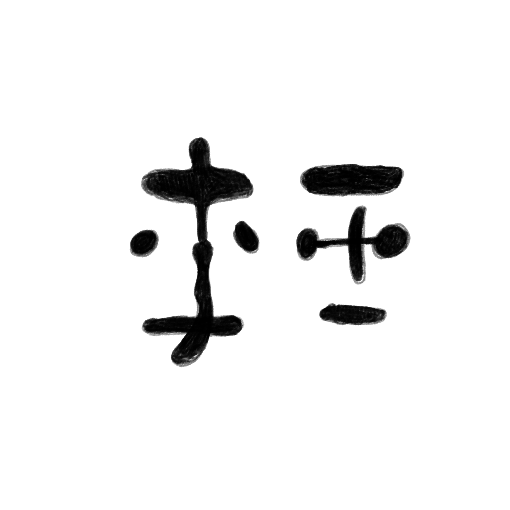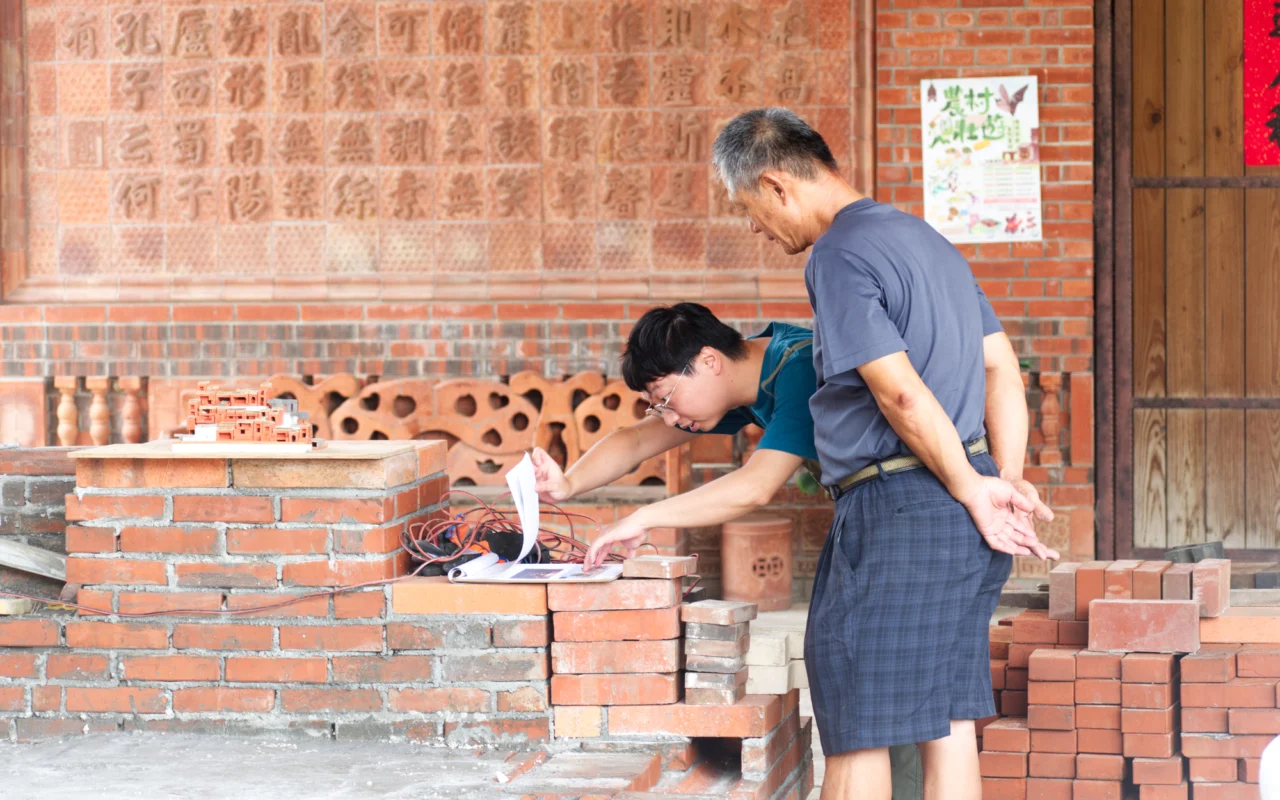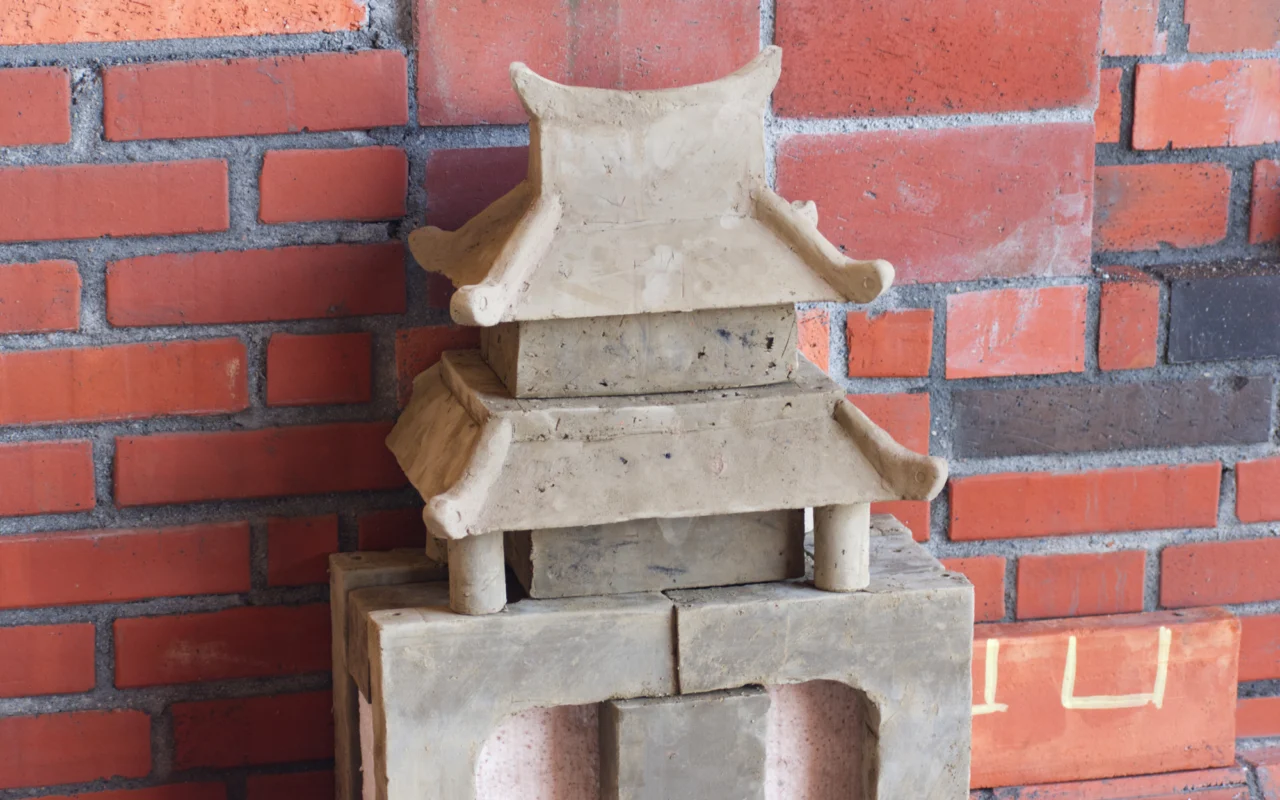
磚城之旅
2025彰化走讀藝術季
「磚城之旅」參考了彰化過去的建築色彩與造型。保留磚塊作為建材的尺寸及質感,交錯使用台灣歷史中出現的紅磚青磚、白磚、燕尾磚等豐富磚塊種類,製作大型滾球軌道裝置。透過遊戲的方式,讓觀者的視線隨著球的前進,藉此機會仔細觀察每一塊磚的細節,以及它們所象徵的時代。
Journey Through the Brick City draws inspiration from the forms and colors of Changhua’s architectural past. Preserving the bricks’ original textures and dimensions, it weaves together historically significant red, green, white, and swallowtail bricks into a large-scale ball track installation. As the ball rolls, viewers follow its path—invited to observe the details of each brick and the era it recalls.
磚城之旅
2025彰化走讀藝術季
彰化花壇在1980年代曾是台灣最主要的磚塊製造重鎮,當時磚廠的煙囪林立,滿載磚頭的大小卡車成為當地獨特的風景。
據說,由於八七水災導致中部許多房屋倒塌,為了建築的安全,紅磚成為了當時的主流建材。
而後隨著台灣經濟的起飛,磚紅色的建築大量地出現在各地的巷弄中,承載了當時居民對家的想像。
作品「磚城之旅」參考了彰化過去的建築色彩與造型。保留磚塊作為建材的尺寸及質感,交錯使用台灣歷史中出現的紅磚青磚、白磚、燕尾磚等豐富磚塊種類,製作大型滾球軌道裝置。透過遊戲的方式,讓觀者的視線隨著球的前進,藉此機會仔細觀察每一塊磚的細節,以及它們所象徵的時代。
In the 1980s, Huatan in Changhua was a major brick-making hub in Taiwan, its landscape dotted with kilns and trucks loaded with bricks—a symbol of the region’s industrial rhythm.
After the devastating 1959 flood, red bricks became the preferred building material in central Taiwan for their strength and reliability. As Taiwan’s economy grew, red-brick houses filled alleys and neighborhoods, reflecting a collective vision of home.
Journey Through the Brick City draws inspiration from the forms and colors of Changhua’s architectural past. Preserving the bricks’ original textures and dimensions, it weaves together historically significant red, green, white, and swallowtail bricks into a large-scale ball track installation. As the ball rolls, viewers follow its path—invited to observe the details of each brick and the era it recalls.






![[2025]磚城之旅_首頁點擊按鈕 [2025]磚城之旅_首頁點擊按鈕](https://leewang.art/wp-content/uploads/2025/08/2025磚城之旅_首頁點擊按鈕-400x160.png)